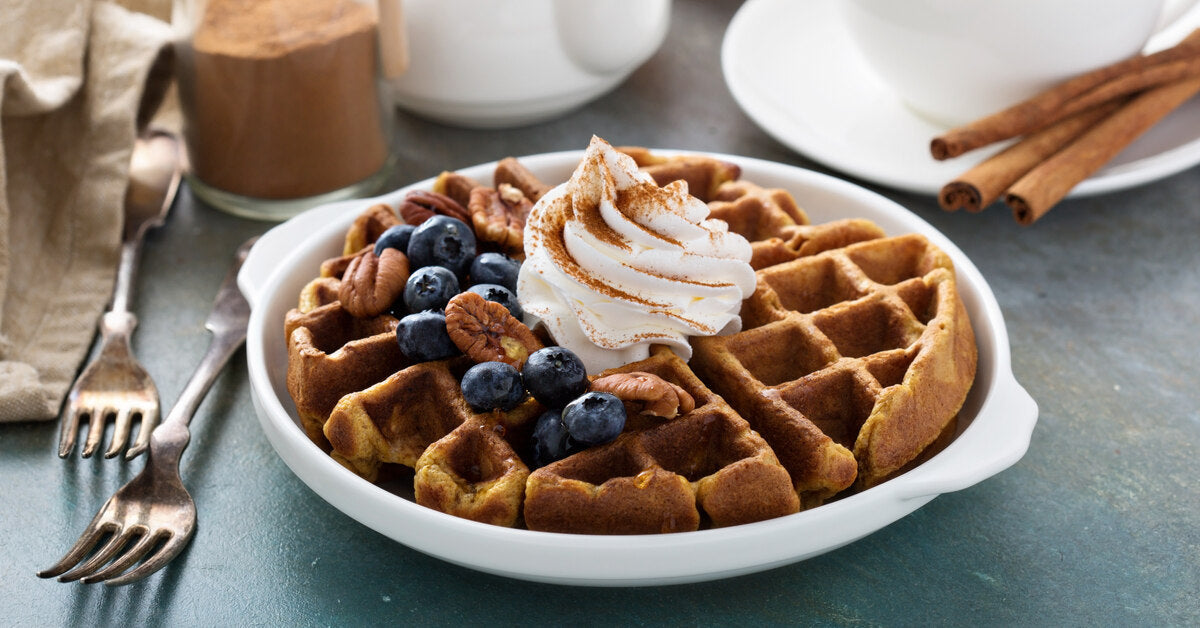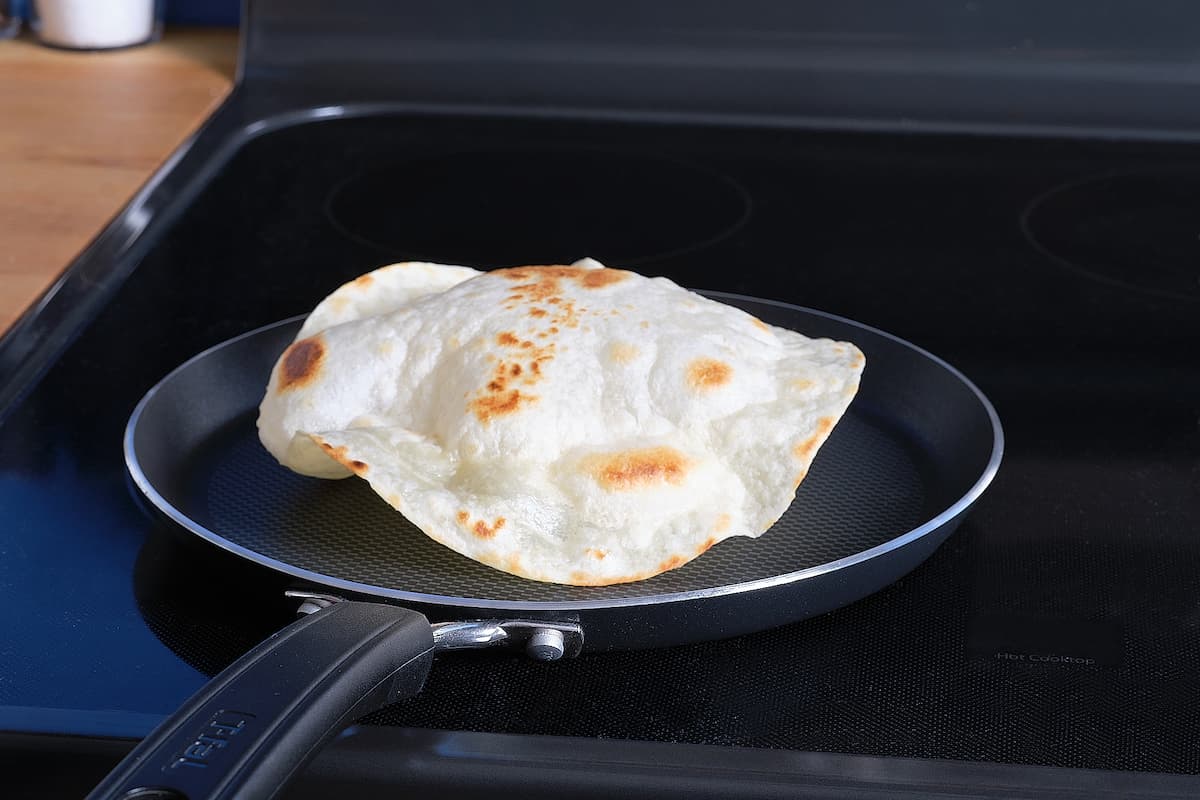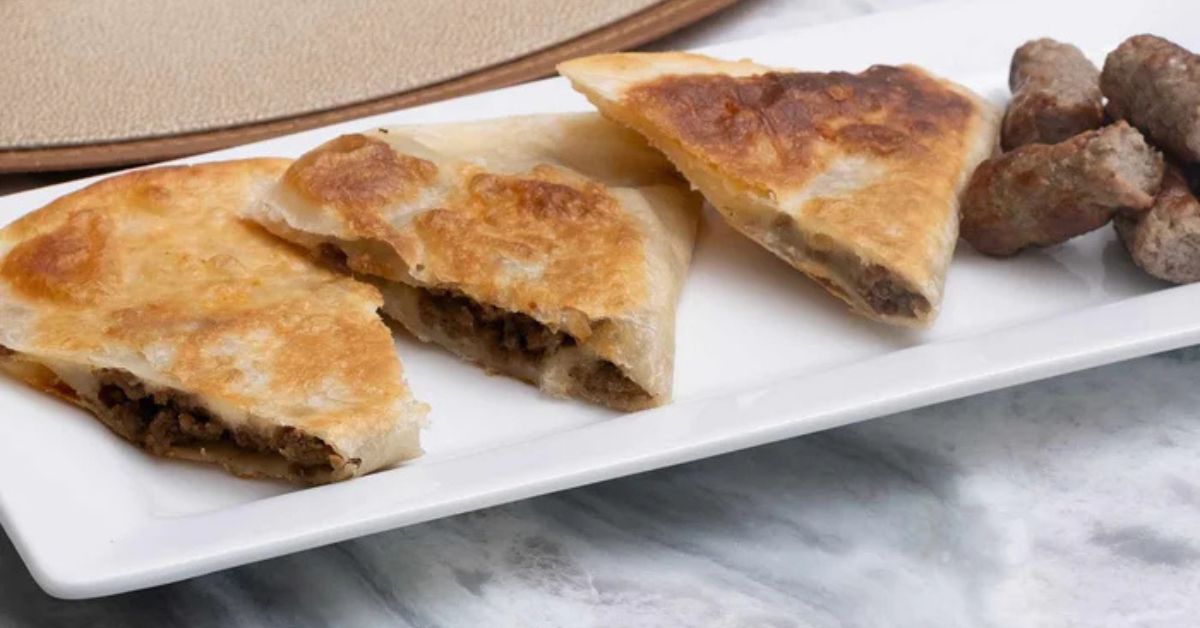In the morning, you’re reaching for a box of cereal, pouring a glass of juice, or grabbing a muffin on your way to work. Without realizing it, you’ve already consumed a surprising amount of sugar before you begin your day.
While many of us know it, breakfast contains a significant amount of sugar, but rethinking how we eat helps create meals for a healthier, more energetic start. Discover how breakfast became a sugar-filled meal, uncover hidden sugars, understand the health consequences of our choices, and learn how to transition to low-sugar and delicious breakfast alternatives.
How Breakfast Became a Sugar-Filled Meal
The sugary breakfast we know today wasn’t always the norm. Historically, breakfast was a savory affair of bread, eggs, and meats.
However, the early 20th century introduced breakfast cereals as a quick and convenient option, often marketed as healthy. Food companies capitalized on this trend with heavy marketing campaigns and cleverly designed mascots to sway consumers, including parents, toward sugary options disguised as wholesome.
Since the 1950s, sugary cereals, pastries, and sweetened breakfast drinks like orange juice have been a common sight on the breakfast table. Many brands advertised cereals as a complete breakfast, cleverly overtaking healthier traditions with processed, sugar-packed replacements.

Hidden Sugars in Everyday Breakfast Foods
We expect sugar in donuts or pastries, but many common breakfast items contain hidden sugars, too. Granola, flavored oatmeal, prepackaged smoothies, and yogurt have more sugar than people expect. For example, a “healthy” granola bar might have as much sugar as a candy bar.
Hidden sugars are a subtle way to improve the taste of foods, making us more inclined to start our day with them as a part of our meals. Hidden sugars are commonly disguised under names like fructose, malt syrup, or cane juice, making it difficult to spot them.
Carefully inspecting food labels is crucial. If you’re trying to reduce sugar intake, look for options labeled “no added sugar” or focus on whole, unprocessed foods.
You may also see hidden sugars lurk behind labels like “organic cane sugar” or “honey.” This leads many people to believe they’re consuming a healthy product.
Why We Crave Sugar in the Morning
One reason why breakfast still contains so much sugar is due to the quick energy burst it provides, fueling the body’s need for an instant boost after fasting overnight. Unfortunately, due to its commercialization, societal norms, and habits, we continue reinforcing the desire for sugary breakfasts, making them our default choice.
Sugar also affects the brain by releasing dopamine, triggering feelings of pleasure. As we eat more sugary products at the beginning of the day to steel ourselves for the challenges ahead, this daily dopamine dose leads to cravings for that satisfaction. This chemical rush creates a dependency cycle, leaving us sluggish and craving more sweetness as our energy crashes.
The Health Consequences of Sugary Breakfasts
A sugary breakfast might seem harmless, but its effects go beyond a sugar crash. Consuming too much sugar in the morning may lead to:
- Quick energy bursts followed by hunger spikes and a sluggish feeling.
- Higher risks of obesity, type 2 diabetes, and heart disease.
- Poor food choices throughout the day as cravings persist.
Depending on the other foods you eat with your sugary breakfast, these effects vary and lead to daily challenges. Making healthier choices at breakfast is a key step to protecting your overall well-being.
The Misconception That Sugar Equals Energy
Many people believe sugar is essential for morning energy, but the truth is quite the opposite. While sugar provides an immediate spike, it quickly leads to a crash, leaving you feeling fatigued. By contrast, protein, fiber, and healthy fats offer sustained energy, help stabilize blood sugar levels, and keep you full for longer.
The Roles of Protein and Fiber in a Balanced Breakfast
Protein and fiber are the top two choices for breakfast. They reduce hunger, support muscle health, and aid digestion while providing long-lasting energy.
For example, breakfasts that pair eggs protein with whole-grain toast fiber or include Greek yogurt with fresh fruit provide protein and fiber for a filling and nutritious meal. Focus on these macronutrients instead of sugar to fuel your day more effectively and reduce mid-morning hunger.
Reimagining Breakfast Without Sugar
It’s time to think beyond cereals and pastries. Breakfast doesn’t have to be sweet to be satisfying or convenient.
With options like breakfast burritos and quesadillas, a balanced, nutrient-rich is within your grasp. Start your day with food that feels indulgent and makes you feel great.

Why Breakfast Burritos Are a Great Choice
Breakfast burritos are a powerhouse of nutrition and flavor. Fill a whole-grain tortilla with scrambled eggs, black beans, sautéed veggies, and avocado. Burritos are easy to customize for dietary preferences and easily prepped ahead of time for busy mornings.
Plus, they’re endlessly versatile. Swap out beans for tofu, use turkey bacon, or toss in some salsa for an extra kick.
The Benefits of Breakfast Quesadillas
Similar to burritos, quesadillas allow you to pack in nutrient-dense ingredients. Enjoy a frozen gourmet quesadilla from Rise & Puff to start your day satisfied. Filled with delicious turkey sausage and aged cheddar, our Breakfast Turkey Sausage Quesadillas are premade and ready to serve in minutes. With zero grams of sugar, these are perfect for mornings when you need a quick, nutritious meal as a substitute for traditional sugary options.
Other Low-Sugar Breakfast Ideas
Beyond burritos and quesadillas, explore low-sugar options like:
- Avocado toast topped with a poached egg or tomatoes.
- Scrambled eggs mixed with sautéed vegetables.
- Overnight chia seed pudding with unsweetened almond milk.
- Smoothies made with whole fruits like berries, spinach, and unsweetened yogurt.
The possibilities are endless, with a little creativity in the kitchen. The effort you put into making healthy options will pay off with more energy throughout the day.
Make the Transition to Low-Sugar Breakfasts
Switching to a low-sugar breakfast doesn’t have to happen overnight. Breaking the sugar habit may feel overwhelming, but gradual changes make it easier. Start by swapping sugary cereals for unsweetened whole-grain options and adding protein to each meal, like eggs or a handful of nuts.
If you miss sweetness, try flavoring your meals with cinnamon or fresh fruit instead of added sugar. Your taste buds will adapt over time, making sugary breakfasts less appealing.
The Long-Term Benefits of Reducing Sugar Intake
You’ll notice a host of improvements by cutting sugar from your breakfast. Expect better energy levels, fewer cravings, improved focus, and more stable moods. Long-term benefits include a reduced risk of chronic diseases and better overall health.
You set a positive tone for the entire day by choosing low-sugar breakfasts, like breakfast burritos. Healthy choices snowball, improving mornings and your overall dietary patterns.
Rethinking breakfast is one of the simplest yet most impactful changes for your health. Moving away from sugar-laden options doesn’t mean sacrificing taste or convenience—options like breakfast burritos, quesadillas, or a hearty avocado toast are delicious and nourishing.
Whether you’re replacing one sugary meal with a healthier option or exploring new recipes, every small step makes a difference. Your body will thank you!
















Leave a comment
All comments are moderated before being published.
This site is protected by hCaptcha and the hCaptcha Privacy Policy and Terms of Service apply.